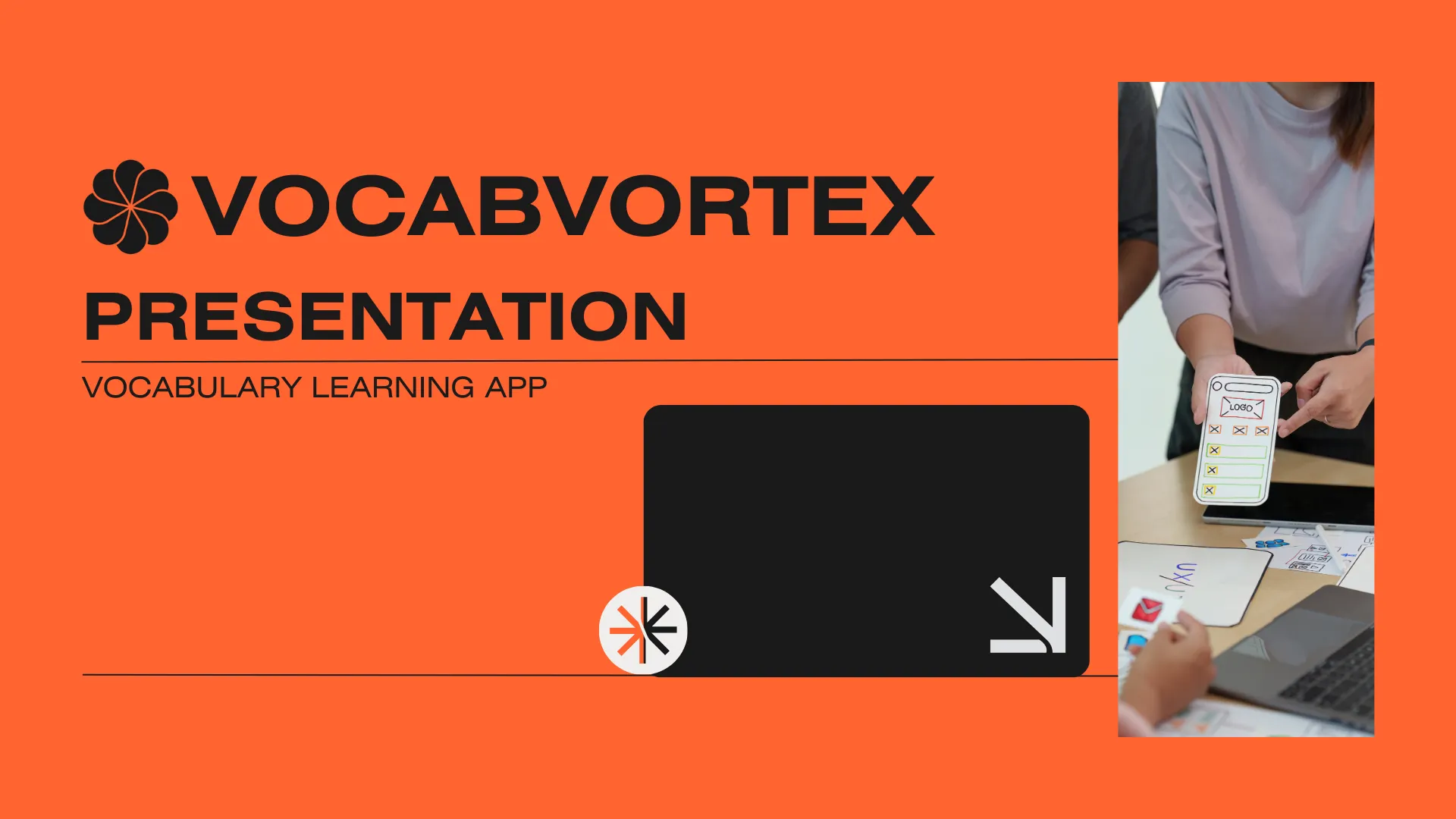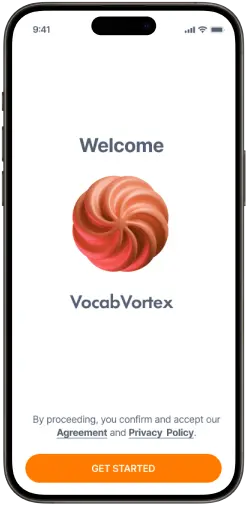
The VocabVortex app was designed to address the language learning needs of busy professionals like Jakub, a software engineer working in a multicultural environment. Jakub’s daily challenges include improving his vocabulary to confidently communicate with international colleagues while juggling a demanding schedule. This app aims to provide a convenient, flexible, and engaging solution to enhance language proficiency in real-world business contexts.


Jakub faced issues like feeling insecure when speaking with colleagues and the lack of a structured, distraction-free learning environment. A common pain point was the difficulty in finding a vocabulary learning app that could adapt to his busy routine while offering customizable and practical features such as lesson planning and tailored difficulty levels.
Jakub is a 32-year-old man from Poland. He is a native Polish speaker and lives in London, England.
Working as a software engineer for a multinational company in London. Has a master's degree in mechanical engineering and computer science. He regularly attends conferences and travels to different countries to experience different cultures.
Also he is a creative thinker and enjoys solving problems. He is passionate about technology and enjoys learning new things. Jakub is also a social person and enjoys interacting with others.


Key questions to be answered during the development included: